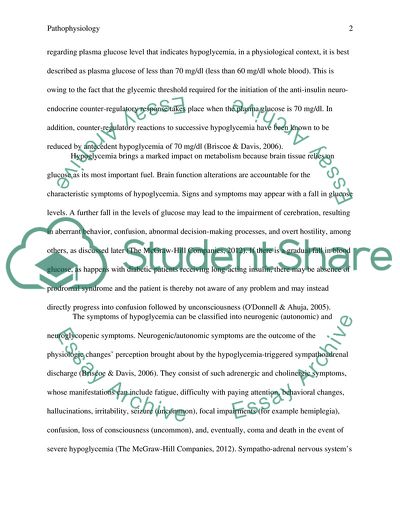Cite this document
(Pathophysiology of Hypoglycemia, Pneumonia and Congestive Heart Failur Term Paper, n.d.)
Pathophysiology of Hypoglycemia, Pneumonia and Congestive Heart Failur Term Paper. https://studentshare.org/health-sciences-medicine/1773921-pathophysiology-of-three-diseases
Pathophysiology of Hypoglycemia, Pneumonia and Congestive Heart Failur Term Paper. https://studentshare.org/health-sciences-medicine/1773921-pathophysiology-of-three-diseases
(Pathophysiology of Hypoglycemia, Pneumonia and Congestive Heart Failur Term Paper)
Pathophysiology of Hypoglycemia, Pneumonia and Congestive Heart Failur Term Paper. https://studentshare.org/health-sciences-medicine/1773921-pathophysiology-of-three-diseases.
Pathophysiology of Hypoglycemia, Pneumonia and Congestive Heart Failur Term Paper. https://studentshare.org/health-sciences-medicine/1773921-pathophysiology-of-three-diseases.
“Pathophysiology of Hypoglycemia, Pneumonia and Congestive Heart Failur Term Paper”. https://studentshare.org/health-sciences-medicine/1773921-pathophysiology-of-three-diseases.


